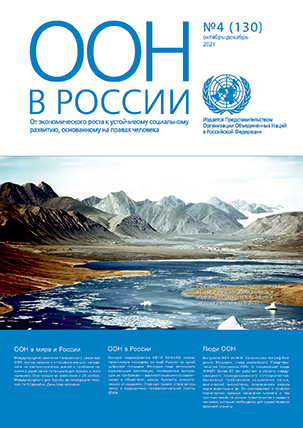UN Global Road Safety Week – #SlowDown to save lives
Speed contributes to around one-third of all fatal road traffic crashes in high-income countries, and up to half in low- and middle-income countries. In the WHO European Region, nearly 85 000 people died from road crashes in 2013; of these, 39% were vulnerable road users (pedestrians, bicyclists and motor cyclists). Road traffic injuries are the leading killer among children and young people aged 5–29 years. The UN Global Road Safety Week, held from 8-14 May 2017, seeks to increase understanding of the dangers of speed and to spur action on measures to address speed, thereby saving lives on the roads. More than half of the countries in the WHO European Region have signed on to take part in the initiative.
“Road traffic injuries are preventable and a 5% cut in average speed can result in a 30% reduction in the number of fatal road crashes, leading to many lives saved,” said Dr Zsuzsanna Jakab, WHO Regional Director for Europe. “Sectors need to act together at the country and municipal level to implement measures to ensure that speed is controlled in order to make roads safer.”
The European Region is making progress on road safety and death rates from road crashes have been going down. Yet despite an 8.1% reduction between 2010 and 2013 in the Region, as a whole, fatal crashes continue to increase in some countries. A comparison of data from the countries in the Region reveals a 9-fold difference between countries with the lowest likelihood of dying on the roads and those with the highest likelihood.
Strategies to address speed are working but greater policy efforts needed
National profiles on road safety are available for all 53 countries of the Region. These are primarily based on a survey for the Global status report on road safety 2015, which monitored progress towards achieving the goals of the Decade of Action for Road Safety 2011–2020. They provide information on road crash deaths and on key indicators to assess national road safety standards. Data show whether countries are successfully implementing safer road and vehicular standards, as well as providing post-crash care. The profiles also outline what legislation is in place to improve road user behaviour with laws and practices on key risk factors – such as regulating speed appropriate to road type, drink-driving and use of seat belts, motorcycle helmets and child restraints. The profiles rate the level of enforcement for road safety-related laws and also include information on laws regulating mobile phone usage while driving.
Greater policy efforts are needed to protect all road users, with road systems designed to be people-centred. Practitioners and policy-makers can use the country profiles to assess progress and to ramp up efforts to achieve the Decade of Action goal to halve road traffic injury deaths by 2020 – also target 3.6 of the Sustainable Development Goals (SDGs). In addition, such efforts support work towards SDG target 11.2 on sustainable transport. Countries that have successfully reduced road traffic deaths have done so by prioritizing safety when managing speed. Proven strategies to address speed include:
· building or modifying roads to include features that calm traffic;
· establishing speed limits specific to the function of each road;
· enforcing speed limits;
· installing in-vehicle technologies to alert drivers when they are speeding and to reduce speed; and
· raising awareness about the dangers of speeding.

